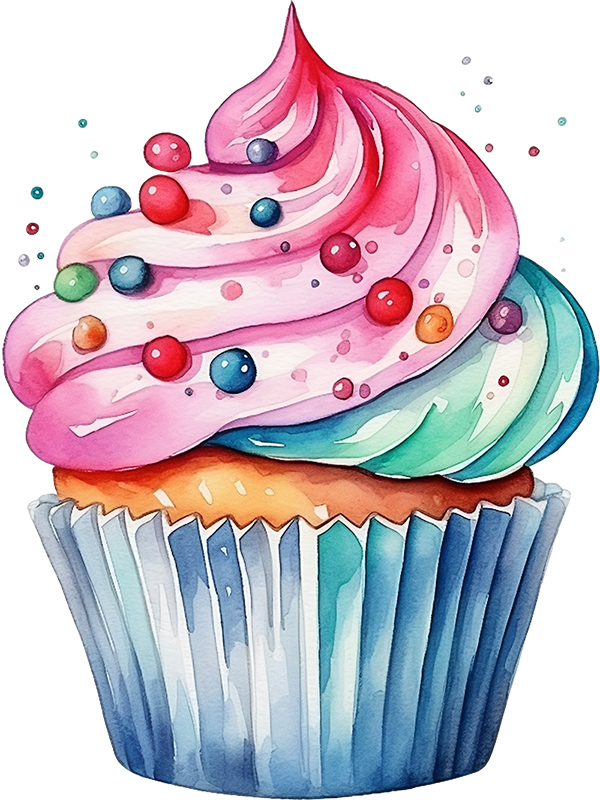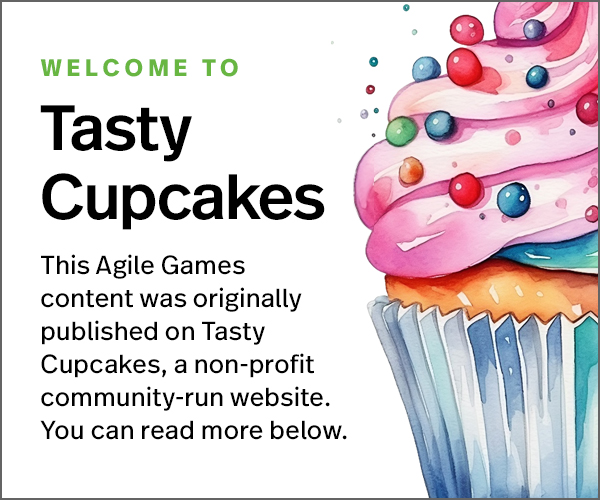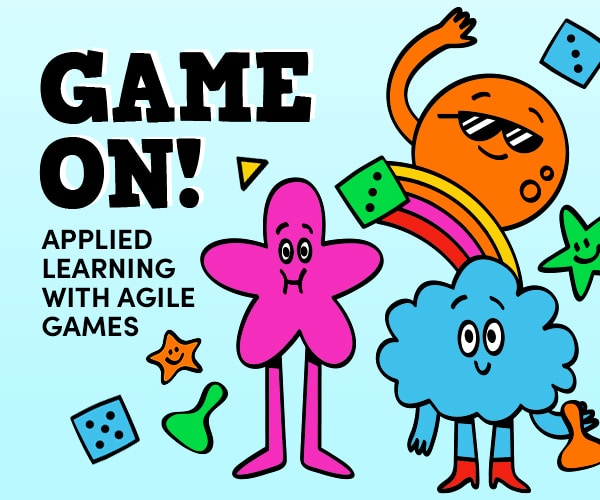Timing
Up to 60 minutes.
Materials
Room with flipchart or whiteboard, red, green, yellow, and one more color sticky notes, markers/sharpies.
Instructions
This approach to Retrospective is most effective when you look back at a longer period of time, like a project or release.
How to run?
The facilitator after setting the stage, approaches the flipchart/whiteboard and draws a vertical line (in the middle). The line’s starting point is approx. 1/3 from the bottom of the object. Participants are informed that this is the project’s/release’s timeline by drawing dates on both ends of the line. After this, participants start the data gathering part and use green stickies for positive events/facts and red ones for the opposites. After 7-10 min they one by one approach the line and attach sticky notes relative to the timeline and explain them. This is very similar to any other retrospective. At the end, you have a line with green and red sticky notes all over it.
Now, there is a short discussion, grouping/removal of some of the sticky notes. After this, the facilitator uses a marker to draw branches that go through the sticky notes and while drawing them speaks that the tree you were growing for X amount of time has got good fruit (green) and not so good or bad (red). At the end of this, there is something like a tree with branches and many fruits.
Next, the facilitator draws a horizontal line perpendicular to the vertical just below it. This is a ground level. The below line is underground. Now, the facilitator invites to use yellow color sticky notes to generate reasons for the red fruit above the ground. Participants spend some time, creating reasons and one by one approach the tree and attach yellow sticky notes explaining why these. At the end we have a set of reasons for the red fruit above. The facilitator visually draws small roots that go through yellow items in different directions. Now the drawing looks like a fuller picture of a tree with the part below the ground level.
Now, there is a discussion/grouping and selection of the worst yellow ones. The ones that have produced the most bad fruit. This can be done by voting.
After this, the facilitator reveals 2nd drawing (recommended A1 drawing of a funnel and the bucket with inserted spade at the bottom. Text on bucket = FERTILIZER) and attaches it next to the tree. Now, the facilitator invites the players to use the last color sticky notes to generate concrete action items for the most yellow ones by saying – “Let’s try to find what is that the fertilizer that we need to use when we grow our next tree so that it has more green fruit!”. Participants as previously create sticky notes and one by one add them right into the funnel. When all are done, discussion happens, and voting is at the end since not all can and needs to be done. The top-voted sticky notes are moved into the bucket and that’s it!
Learning Points
As listed above, but in short – see your past project/release in the time-tree-fertilizer metaphor which is another use of visual metaphors.





